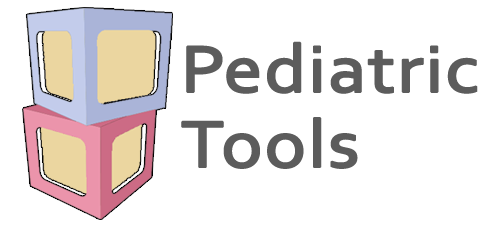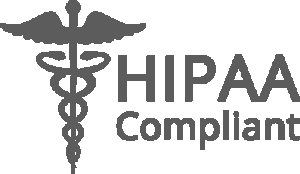|
EPDS, Edinburgh Postnatal Depression Scale |
||||||||||
|
||||||||||
|
|
||||||||||
|
Studies show that postpartum depression (PPD) affects at least 10 percent of women and that many depressed mothers do not get proper treatment. These mothers might cope with their baby and with household tasks, but their enjoyment of life is seriously affected, and it is possible that there are long term effects on the family.
The Edinburgh Postnatal Depression Scale (EPDS) was developed to assist health professionals in detecting mothers suffering from PPD; a distressing disorder more prolonged than the “blues” (which can occur in the first week after delivery).
The EPDS scale consists of 10 short statements. A mother checks off one of four possible answers that is closest to how she has felt during the past week. Most mothers easily complete the scale in less than five minutes.
Responses are scored 0, 1, 2 and 3 based on the seriousness of the symptom. Items 3, 5 to 10 are reverse scored (i.e., 3, 2, 1, and 0). The total score is found by adding together the scores for each of the 10 items.
Mothers scoring above 12 or 13 are likely to be suffering from depression and should seek medical attention. A careful clinical evaluation by a health care professional is needed to confirm a diagnosis and establish a treatment plan. The EPDS scale indicates how the mother felt during the previous week, and it may be useful to repeat the scale after two weeks.
Fast and easy to use, the EPDS is included in the Comprehensive Pediatric Screening Interview and take 5 minutes on average or less for parents to complete. Clear questions help parents complete the questionnaire quickly and accurately. Questions are presented one at a time with a single click answer to advance to the next question. The question format automatically adapts to the respondents device (smartphone, tablet or PC) making the Pediatric Tools electronic version of the EPDS ideal for mobile devices.
Using Pediatric Tools data services, when the Comprehensive Pediatric Screening Interview is complete it is immediately scored electronically and an in-depth report with summary analysis and trending is generated. Results can be printed, loaded into an EMR/EHR and are available as a PDF. |
|
|




